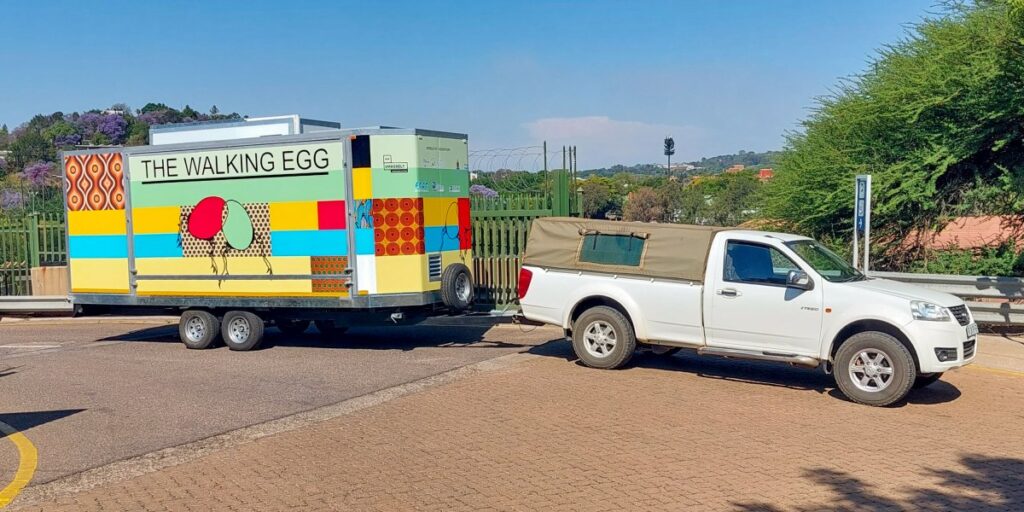While IVF is increasingly commonplace in wealthy countries—around 12% of all births in Spain result from such procedures—it remains expensive and isn’t always covered by insurance or national health providers. And it’s even less accessible in low-income countries—especially for people who live in rural areas.
People often assume that countries with high birth rates don’t need access to fertility treatments, says Gerhard Boshoff, an embryologist at the University of Pretoria in South Africa. Sub-Saharan African countries like Niger, Angola, and Benin all have birth rates above 40 per 1,000 people, which is over four times the rates in Italy and Japan, for example.
But that doesn’t mean people in Sub-Saharan Africa don’t need IVF. Globally, around one in six adults experience infertility at some point in their lives, according to the World Health Organization. Research by the organization suggests that infertility rates are similar in high-income and low-income countries. As the WHO’s director general Tedros Adhanom Ghebreyesus puts it: “Infertility does not discriminate.”
For many people in rural areas of low-income countries, IVF clinics simply don’t exist. South Africa is considered a “reproductive hub” of the African continent, but even in that country there are fewer than 30 clinics for a population of over 60 million. A recent study found there were no such clinics in Angola or Malawi.
Willem Ombelet, a retired gynecologist, first noticed these disparities back in the 1980s, while he was working at an IVF lab in Pretoria. “I witnessed that infertility was [more prevalent] in the black population than the white population—but they couldn’t access IVF because of apartheid,” he says. The experience spurred him to find ways to make IVF accessible for everyone. In the 1990s, he launched The Walking Egg—a science and art project with that goal.
In 2008, Ombelet met Jonathan Van Blerkom, a reproductive biologist and embryologist who had already been experimenting with a simplified version of IVF. Typically, embryos are cultured in an incubator that provides a sterile mix of gases. Van Blerkom’s approach was to preload tubes with the required gases and seal them with a rubber stopper. “We don’t need a fancy lab,” says Ombelet.
COURTESY OF GERHARD BOSHOFF
Eggs and sperm can be injected into the tubes through the stoppers, and the resulting embryos can be grown inside. All you really need is a good microscope and a way to keep the tube warm, says Ombelet. Once the embryos are around five days old, they can be transferred to a person’s uterus or frozen. “The cost is one tenth or one twentieth of a normal lab,” says Ombelet.
Ombelet, Van Blerkom, and their colleagues found that this approach appeared to work as well as regular IVF. The team ran their first pilot trial at a clinic in Belgium in 2012. The first babies conceived with the simplified IVF process were born later that year.


